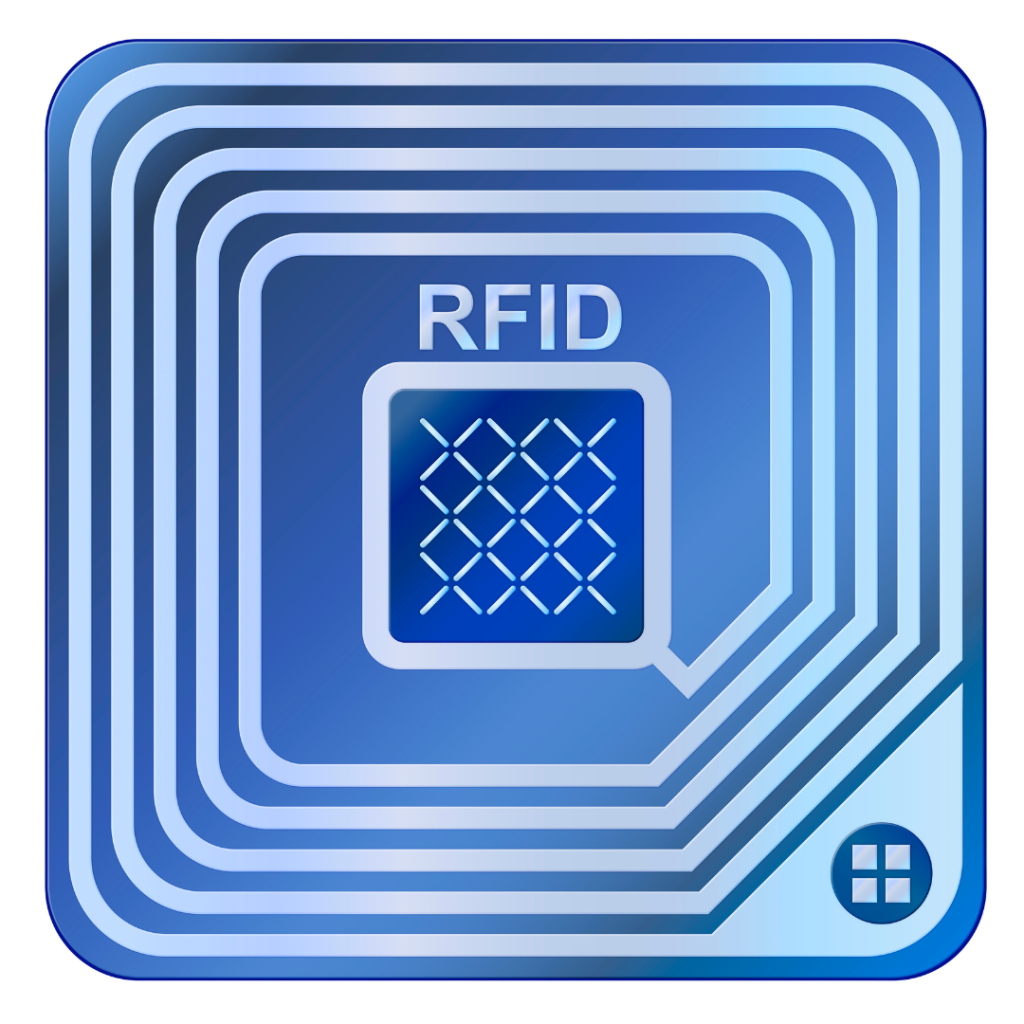If you’ve ever used a key fob, contactless credit card, or scanned a pass with your phone, you’ve likely interacted with RFID or NFC technology. A common question we hear is: “RFID vs NFC—what’s the difference?” In this article, we’ll break down what sets these two technologies apart, how they’re used, and which one is most commonly found in key fobs.
What Is RFID?
RFID stands for Radio Frequency Identification. It’s a wireless technology that uses electromagnetic fields to identify and track tags attached to objects. RFID can work over longer distances—sometimes several feet—and doesn’t require line-of-sight. This makes it ideal for industrial use, inventory management, and access control systems like apartment key fobs.
There are two types of RFID:
Passive RFID: Powered by the reader, with a typical range of a few centimeters to a couple of meters.
Active RFID: Powered by a battery in the tag, offering longer ranges up to 100 meters.
What Is NFC?
NFC stands for Near Field Communication and is actually a subset of RFID. It operates at a shorter range—typically just a few centimeters—and is designed for secure, one-on-one interactions. NFC is what powers features like contactless mobile payments (Apple Pay, Google Pay) and digital keycards on smartphones.
Because of its short range and enhanced security, NFC is often used in smartphones and payment systems, but less often in access fobs unless tied to a digital wallet or mobile credential.
RFID vs NFC: Key Differences
Range: RFID works from a few centimeters to several meters. NFC only works within a few centimeters.
Interaction: RFID is often one-way communication. NFC is designed for two-way communication.
Use Cases: RFID is common in access control (like key fobs) and inventory tracking. NFC is common in smartphones and payment systems.
What We Use at MiniFob and FobToronto
Most key fobs we copy at MiniFob and FobToronto use RFID technology, specifically passive RFID. Our copying process is designed to duplicate RFID-based fobs securely and accurately for residential and commercial use. If you’re curious about how fobs work, check out our dedicated page: How Do Fobs Work.
We specialize in duplicating RFID-based key fobs across our locations in Canada, the USA, and Australia. Whether you’re a tenant, landlord, or property manager, having extra fobs on hand can save you time and hassle.
When Should You Choose RFID vs NFC?
If you’re managing access to apartments, buildings, or secured garages, RFID is the standard technology. It provides the range and functionality needed for day-to-day entry systems.
NFC, on the other hand, is great for short-range and smartphone-based access. Some buildings and systems are starting to integrate NFC-based smartphone credentials, but it’s less common in physical key fobs unless used with digital apps.
Final Thoughts: RFID vs NFC
So, RFID vs NFC—what’s the better option? It depends on your specific needs. For physical access and key fobs, RFID is still the go-to technology. NFC shines in mobile and short-range uses. Both offer secure, convenient ways to manage access, but understanding their differences helps you make informed choices.
If you need help duplicating your RFID-based key fob, visit us at MiniFob or our headquarters at FobToronto. We’ll make sure your copy works flawlessly and fits your access needs.



Recent Comments